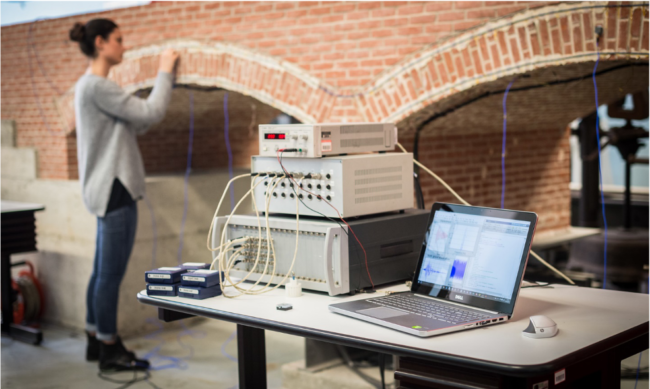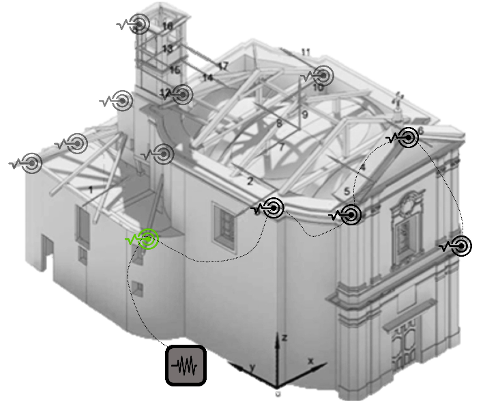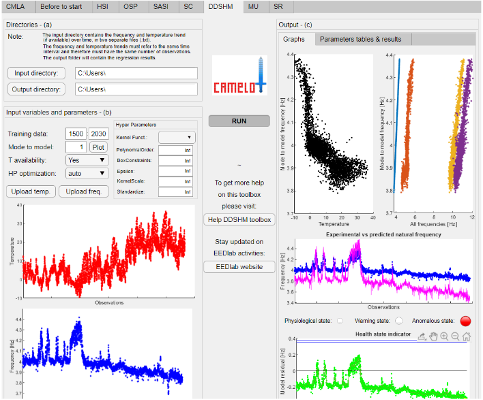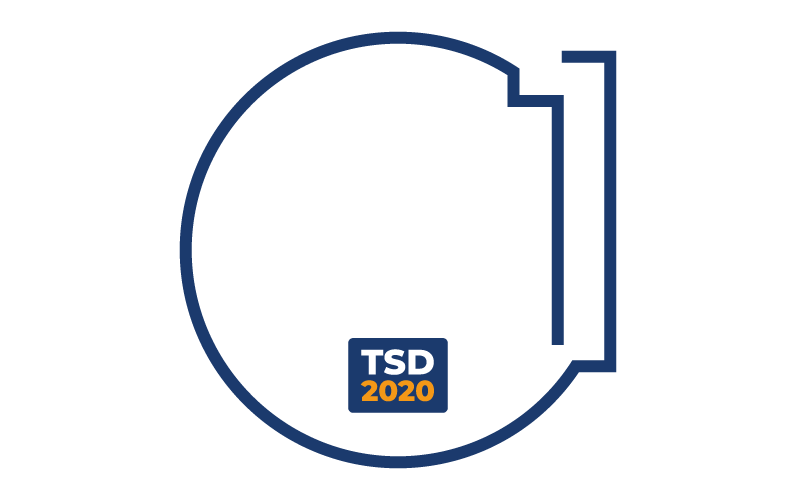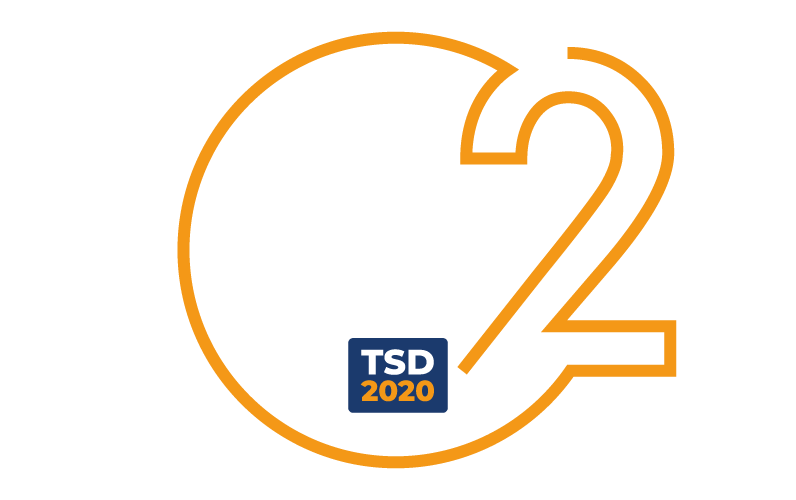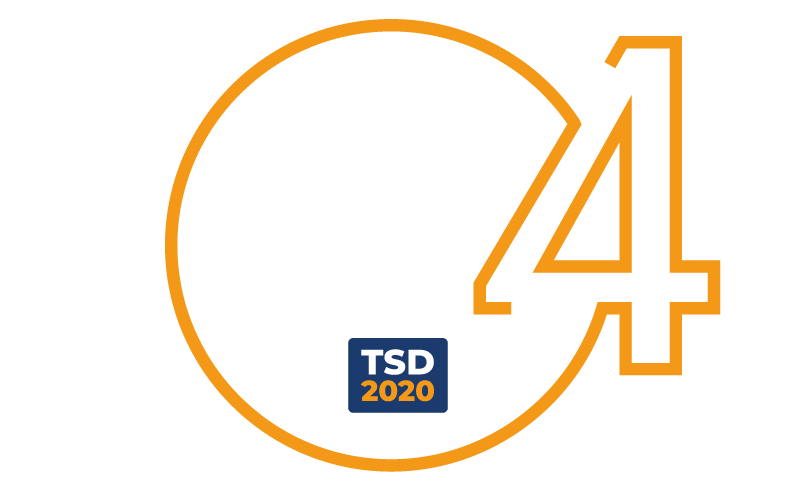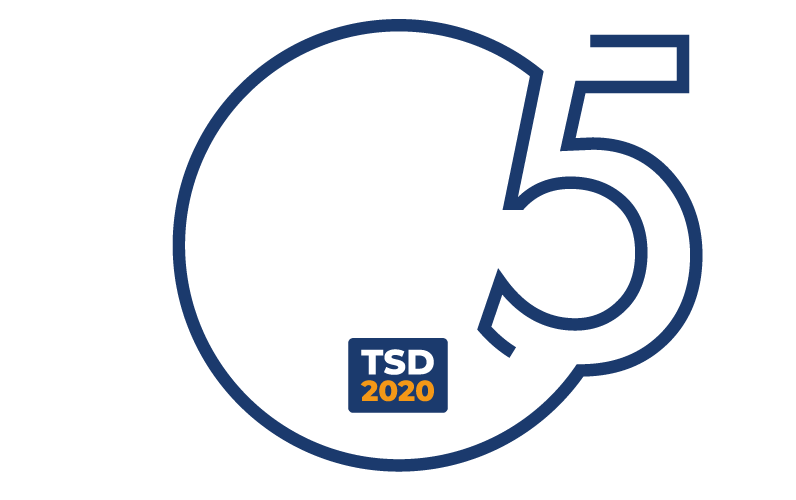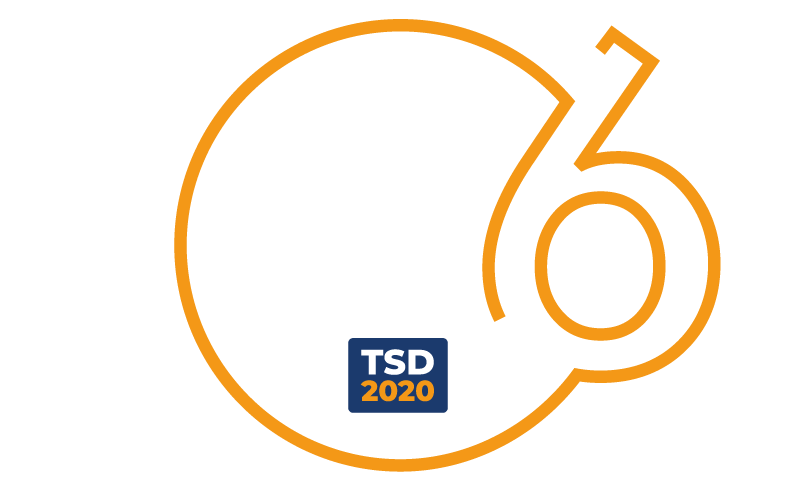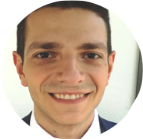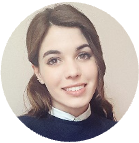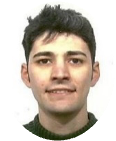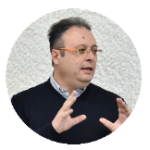CAMELOT is a solution that consists of 2 services and 1 product that allows the Structural Health Monitoring (SHM) of large structures/infrastructures even with a limited number of resources, adapting to the system to be monitored.
In a hypothetical scenario, the customer can acquire the first service (patent deposited) to create an experimental setup, adapted on the structure, and obtained by optimizing the resources at his disposal (e.g., number of sensors). In this way, data with a high information content will be recorded, reducing the waste of money and computational memory. To succeed in this, CAMELOT rely on an integrated software-hardware system, where a sensor (currently at a prototype level) helps us in the setup optimization phase.
Subsequently the same customer uses the product (a software) to evaluate the structural health of the building or the structure/infrastructure of interest. To reduce the number of false positives and false negatives, the software uses advanced Machine Learning algorithms that recognize and separate the physiological fluctuations present in the recorded data from the pathological ones. If, according to the software, there are pathological conditions, the customer can request the use of the second service with which a digital twin of the monitored structure is created. Through virtual tests on the digital twin, we therefore try to understand in more detail what is the nature of the pathology that is affecting the structure, in order to support subsequent “decision making” phases on maintenance and rehabilitation of the work.






